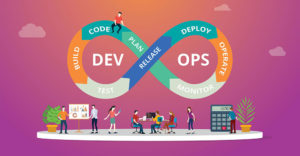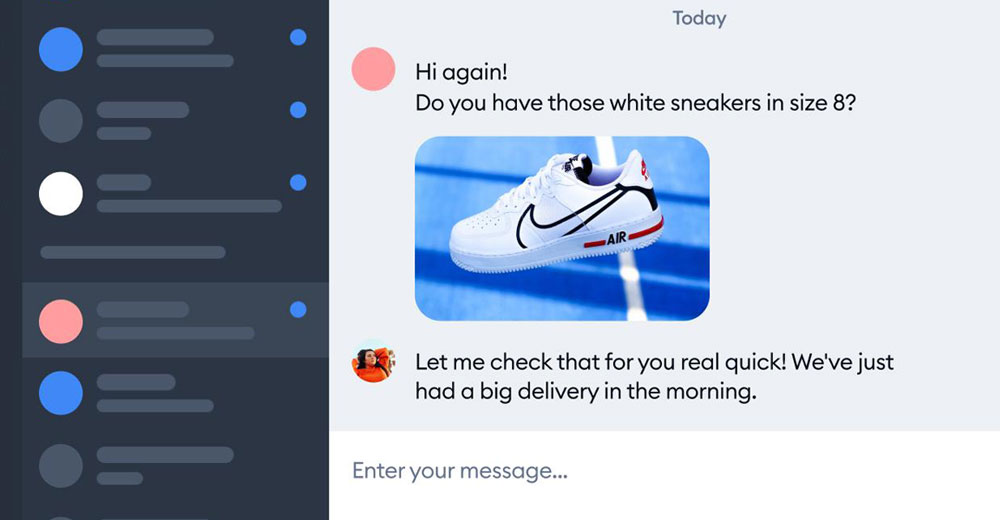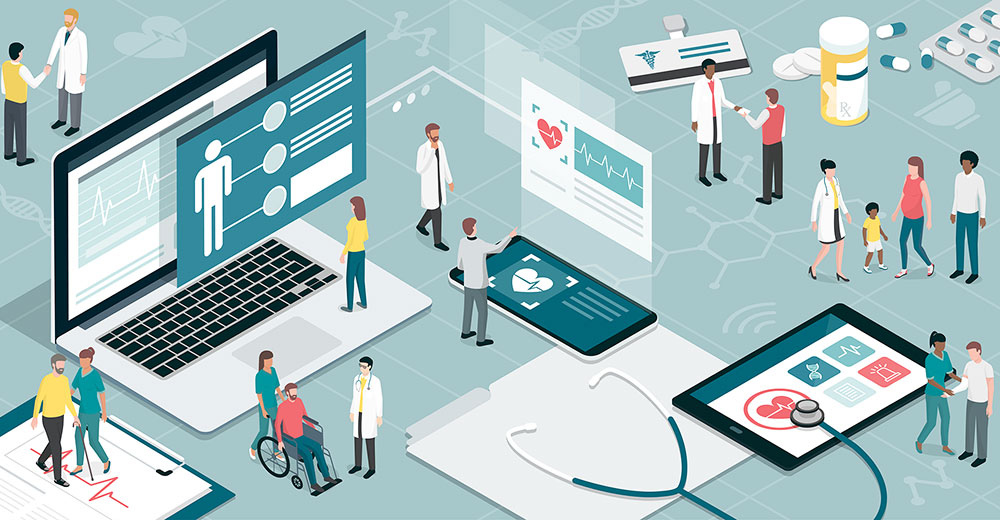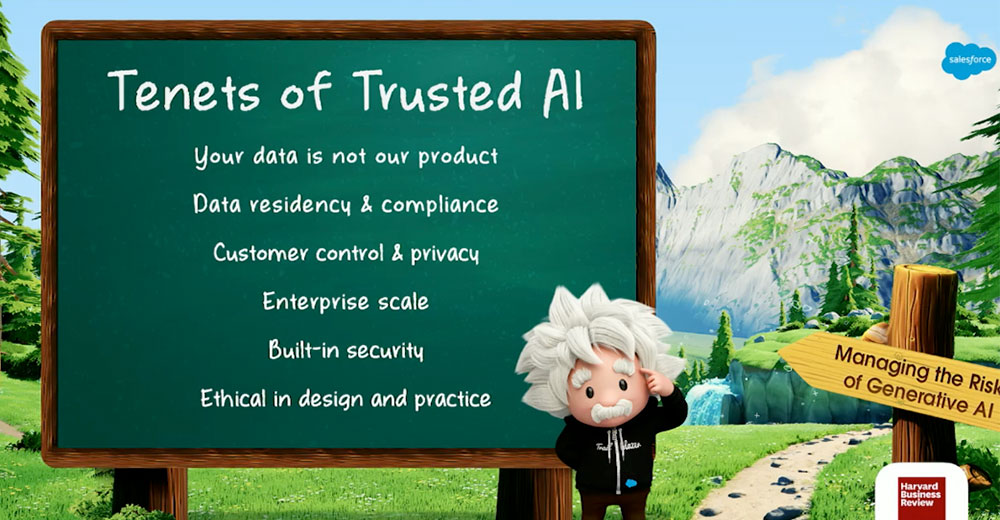Adobe just announced what it calls the first digital economy index. It seems like it’s modeled after other indices usually kept by the federal government to measure economic output and consumption. The Adobe index captures only consumer consumption behavior though.
Some of its insights include new shopping behavior, such as which products have become hot items or decreased in popularity over time. For instance, we’re buying more groceries online — 8 percent now versus 6 percent in 2014, which seems like the base year. Also, computer purchases now make up just 8 percent of the shopping basket, down from 21 percent in the wake of mobile computing. Not exactly news.
Something called “digital purchasing power” is up 20 percent over 2014, meaning you can get more shopping online than elsewhere. I get that, but it’s likely only bait. When the switch is made or shipping becomes unfree, we might see different numbers.
There’s more, and it’s worth evaluating the index for several reasons. Certainly the digital economy is here and not likely to go away until something better, faster and cheaper comes along in about 50 years — and that’s the point.
The entire digital revolution has done many things, and one of its most pronounced accomplishments has been the continuous hollowing out of the economy, also known as “commoditization.”
Today, thanks to digital supply chains, you can build anywhere at the lowest costs and buy everywhere at whatever the market will bear — good things, except when they are not. For instance, try buying commodity surgical gloves, face masks and other PPE items, and you discover how democratically the shortages are shared.
At the end of the day, this index is interesting and useful, even if it shows only what’s missing. That would be much more information about manufacturing and production and raw material costs — in other words, the supply side of all the consumption the index measures.
Tech Community Philanthropy
I recently wrote about Zoho’s noble effort to help support its customers and small, medium, and even large businesses by making its technology available to them at no charge. Zoho is providing technology that helps people work from home in two programs:Remotely, a virtual productivity platform comprising 11 collaboration applications for business; and the Emergency Subscription Assistance Program (ESAP).
Those are good things, and it takes nothing away from those efforts to note that they don’t do much for workers in the trades, bartenders and waitstaff, store clerks, and many others whose jobs mandate working with customers.
Luckily, the US$2 trillion relief package signed last week will help some of them, but even that won’t do the whole job. That’s OK though, since what’s happening is that the private and public sectors are cobbling together a patchwork of overlapping solutions that will get the job done. There will be more.
Salesforce Takes Long View
Here’s a quick look at what Salesforce is doing in this regard.
The company has made a concerted effort over the years to position itself as a philanthropist, an enterprise that does good while doing well. Baked into its DNA is the 1,1,1 model of donating 1 percent of its equity/profits, employee time and product to help the community.
The model was so successful that CEO Marc Benioff and others founded Pledge One Percent to help other like-minded companies build their own philanthropic efforts. It’s nice to report that thousands of companies of all sizes have taken the pledge too.
For the coronavirus crisis, Salesforce is extending its efforts in multiple ways through charitable giving, and donating products to people who may need cloud apps to get through. Some of the high points:
- Tableau (a Salesforce company) has delivered a free Coronavirus Data Resource Hub — a collection of visualizations, curated data sources and prebuilt dashboards to help people better understand the potential impacts of the virus on their organizations. A lot of CDC data is presented in clear and informative ways here.
If you get a chance, check this out. It provides both American and global perspectives on things like virus spread, which you’ve likely seen, but it also tracks things like mobility, to give a sense of how stationary we have become or not, which could be a leading indicator of where the virus might crop up in a couple of weeks.
- Quip is being offered for free to any Salesforce customer or nonprofit organization to help remote teams across the globe collaborate and remain productive while working from home. Quip is a multi-user document management system that helps groups work together remotely.
- A publicly available Trailmix on Trailhead provides tips on how to work from home and maintain personal well being during this time.
Salesforce also is upping its philanthropic donations to address the outbreak:
- Salesforce donated $1 million to theUCSF COVID-19 Response Fund and $500K to the CDC Foundation’s Emergency Response Fund.
- Salesforce also donated $1.5 million to Give2SF — a newly created fund established by the City and County of San Francisco to respond to and recover from the COVID-19 emergency.
Making the Rounds
As you might know, I appear as a commenter from time to time on the Gillmor Gang, a streaming show that discusses timely topics in tech, entertainment and the economy. The show is hosted by Steve Gillmor, formerly of TechCrunch and currently a VP at Salesforce.
Steve’s wife Tina produces the show, and I usually trade ideas with Steve, venture capitalist Keith Tear, former Apple executive Michael Markman, and television industry executive, businessman and author Frank Radice. Mostly I listen, because you can learn a lot from these people.
I never know what we’re going to talk about, but last weekend we got to speculating about how working at home will change American industry. It’s right in line with this continuing piece.
We know that there are many jobs that won’t change or will change little, but there are many knowledge jobs that have the potential to change plenty. Certainly the availability of all sorts of cloud solutions will give people and their companies the opportunity to experiment with different styles of working.
So maybe offering to let the public use cloud apps free is one of those philanthropic ideas that might show real returns down the road, in the same way that online conferencing apps sparked a renaissance in the tech sector after the dot-com bubble burst.
It’s hard to say for now, but the one thing that I think is apparent is that the universe is conducting a natural experiment on all of us.
My Two Bits
These are tough times from multiple perspectives. With some essentials like medical protective gear in short supply, you might conclude — erroneously — that no donations are useful.
That ignores the good that can be done through food donations, establishing safe places to sleep and take a shower, and many other things that only you might think of. Donating to local hospitals is never a bad idea.
If your company is doing something to help out during this crisis, no matter how small, let me know at [email protected]. Remember, we’re making a patchwork, so every contribution is important. I’d love to learn about your efforts and possibly pass on your good ideas.

























































